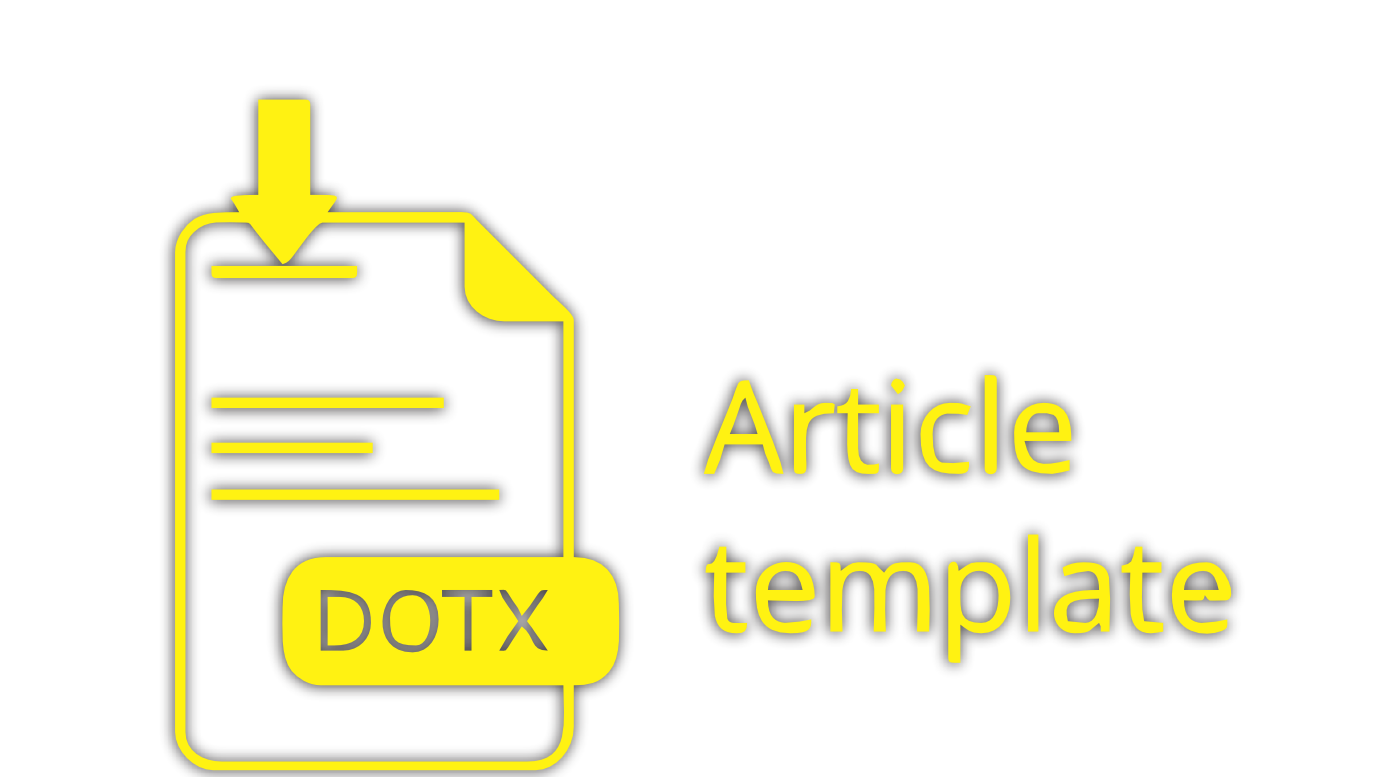The Abundance of Mosquito Larval Species (Diptera: Culicidae) and the Physicocemical Characteristics of Their Habitat in Rice Field at Dramaga Sub-District, Bogor Regency
DOI:
https://doi.org/10.25077/aijent.1.01.40-46.2023Keywords:
Vector borne disease, rice field, DramagaAbstract
This study aims to identify the species diversity, density, and their distribution and analyze mosquito larvae' habitat's physicochemical characteristics in the Dramaga sub-district, Bogor Regency rice fields.. This research used purposive sampling method by taking samples from 92 breeding site in four villages of Dramaga district. The physicochemical characteristics of larval habitats, including pH, temperature, Total Dissolve Solid (TDS), and Electrical Conductivity (EC) were measured in the field. Breeding site are marked using a Garmin Montana 680 GPS for further processing. Larvae were collected and identified until species level. The result showed Anopheles vagus, An. barbirostris, An. indefinitus, Culex. vishnui, Cx. fuscocephala, Cx. tritaeniorhynchus, Cx. sitiens, Cx. hutchinsoni, and Armigeres sp. were found in the rice fields of Dramaga district. The highest diversity and density of larvae was found in Cikarawang Village. The highest relative abundance of mosquitoes larvae were An. vagus and Cx. vishnui. The physicochemical characteristics of larval habitats such as pH, TDS, and EC, had no correlation with the larval abundance, however the temperature of larval habitat had a negative correlation between temperature and larval density.
Downloads
Downloads
Published
How to Cite
Issue
Section
License
Copyright (c) 2023 Dimas Novianto, Syifa Alya, Upik Kesumawati Hadi

This work is licensed under a Creative Commons Attribution-ShareAlike 4.0 International License.













